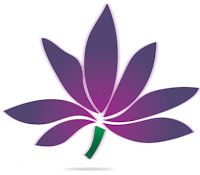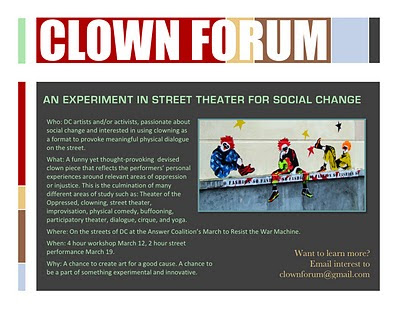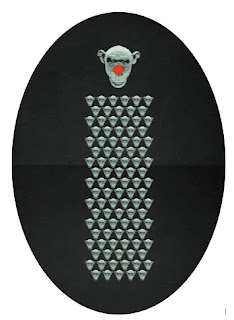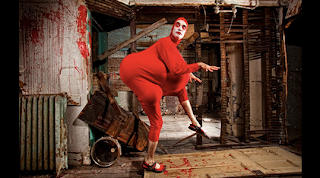
As 2011 comes to a close, I wanted to share a story about one of my favorite days this year. On December 17, a group of artists descended on Occupy DC to present Occupy DC Circus. It was a smashing success. The day started as a group of artists met up on McPherson Square filling up balloons, putting up signs, and cutting pie. We had a brief planning meeting but already Occupiers were curious and coming to join the show. JP Worthington, our banker clown, followed by his two cop clown lackeys invited the Occupy town to a day at the circus.

The music began and the circus was off. Our acroyogis put on a beautiful show, as Lizzy lifted Miss Butterfly up in the air.

Philip the tight rope walker extroidannaire set up his line and danced across it, teaching folks how to walk across it as well.

Alexis and Felix rocked the crowd with their juggling duo act.

The Occupiers and passers-by were loving it and the crowds were growing by the minute.
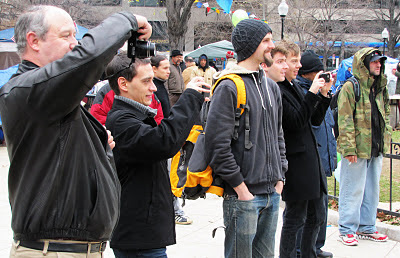
Amy, Brian, and Anthony hugged the hell outta passers-by at our Hug-a-palooza.

We even invited the police for a hug but they politely declined looking on in confusion and curiosity.

Alex and Chantal ran the OccuWHY booth helping Occupiers write about their experience at Occupy. A square wooden structure with poster board and markers asked: When do you know you're done? (An answer: never) How do you stay warm? (An answer: burn money) How do you keep your shit from getting stolen? (An answer: duct tape) and What does this movement mean to you? (An answer: a community).

Erin painted faces and Liz and Dan helped keep the show running smoothly. Bobby took amazing pictures (that I'm using here).

After about a half hour of festivities, our esteemed banker clown JP Worthington invited the crowd to a competition of gladiator games where the winner would be awarded pie.

Never in my twenty odd years as a performer have I been involved in a bigger game of Zip Zap Zop. The cop clowns explained the game and more than thirty of us gathered in a circle to play. The competition was fierce.

The winner, with a face painted like a kitten, was paraded through a line of clowns and out to the pie.

There sat JP Worthington guarding the pie and busy counting his money. The pie, he said, would have to be given out another day. For now, another game.

Elves, Wizards, Giants was our next game. We played a few rounds, growling, zapping, and grumbling as teams descended on each other in chase.

Half way through the game, the crowd mutinied and descended upon Worthington demanding pie. Worthington was on to us and had taped up the pie and paid off the clown cops to silly string anyone who dared go for the pie. We should have known better than to invite a banker clown to our circus.

After some very clever chanting instigated by the Occupiers and the wave game, our cop clowns defected and JP was left all by himself. Pretty soon he saw that we were having way too much fun and joined as well, offering us permission to have the pie. Our stilt walking treasure Janelle shouted back to him, "I don't think we're asking permission, it is after all our pie."

The crowd cheered and pie was had by all.

The circus ended that day with dancing, laughing, more acrobatics, pies in faces, and general cheer. The Occupy folks thanked us all for being there and said it was a much needed break, and the pie tasted real good (thanks Dangerously Delicious Pies for your dangerously delicious and generous donation).
For me and my fellow circus friends, what excited us is the way so many talented people could come together to explore and play in a way that not only brought laughter and community, but also showed the potential for creativity and even circus to transform protest. Protest is so often thought of as an angry action, however what sort of changes would creativity and laughter bring to this element? It is not only a question worth asking, it is an action worth exploring. Many of the Occupiers that day were at the Bradley Manning hearing and we are sorry we missed their presence. However, our goals for next year are to make it out to these actions, bringing our creativity and see what comes of it. As Occupy moves forward this year, I invite and encourage all interested artists and activists to continue to get together and explore how creativity can provide innovation to non-violent activism for social change.
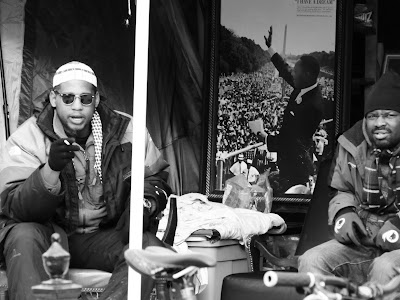
Long live Occupy. Long live pie.


